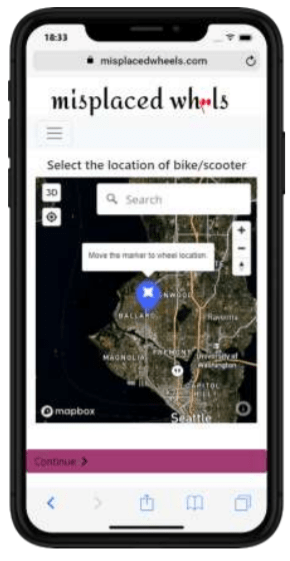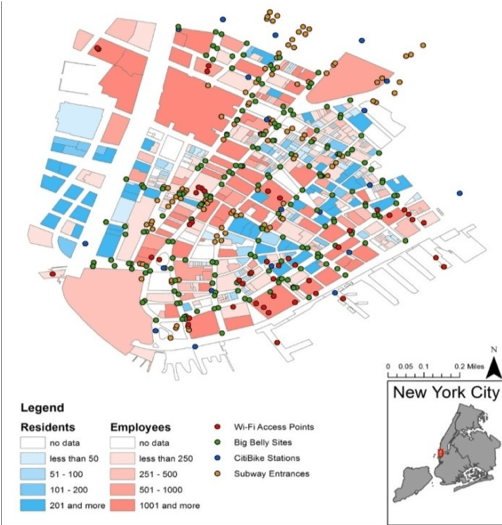Sparkman: A Smart Parking Management Tool
Sparkman: A Smart Parking Management Tool for University Campuses Overview Every vehicle trip starts and ends with parking, making parking facilities the main components of transportation infrastructure. Universities face particularly complex parking problems due to the wide variety of trip types, users, and facilities they serve. Every university has a parking department responsible for the…










